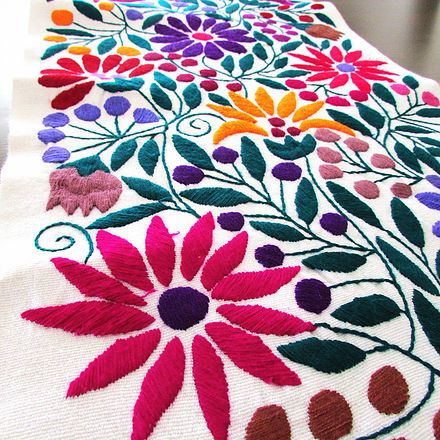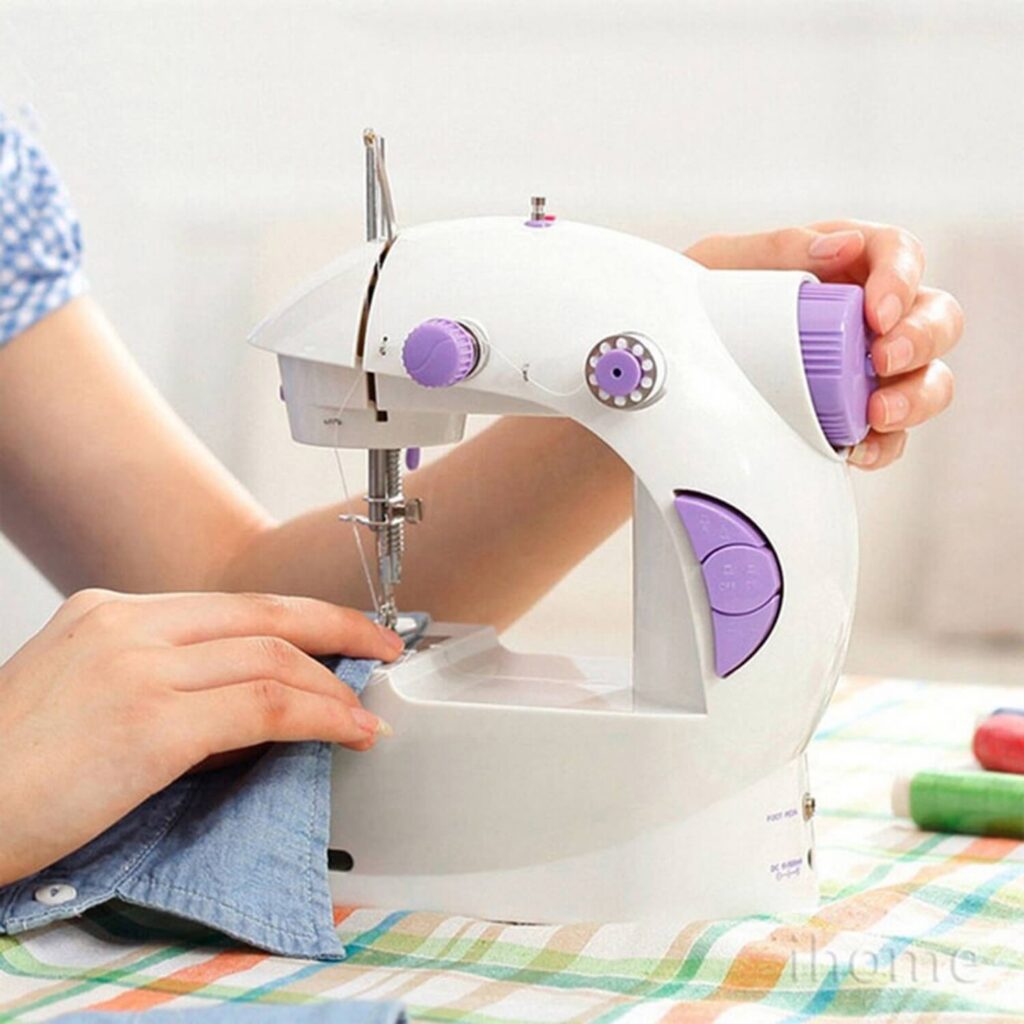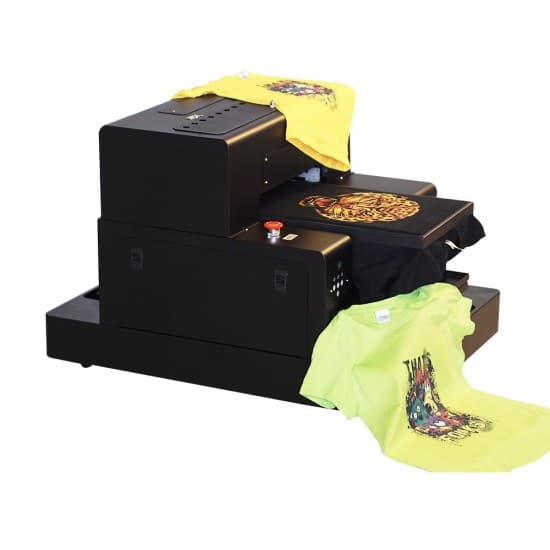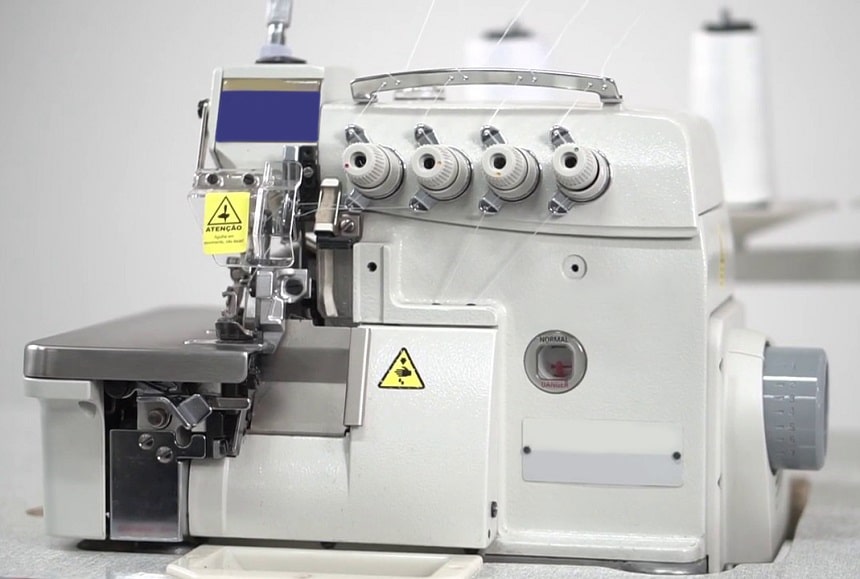

Life is chaotic. Mistakes happen and sometimes go unnoticed. One particularly frustrating thing is when you have a project planned out and when you go to start your machine, it screeches to a halt before you can even begin.
Worse yet, half-way through a piece, and your machine just seizes! And if you don’t know how to unfreeze a sewing machine, you are in trouble.
Sewing is a wonderful way to pass the time and spend time with a community club. It is also a smart way to cut back on clothing costs – where you would normally spend on refurbishing a new wardrobe, and you can easily repair or reconstruct your favorite garments. Sewing was much more time-consuming when everything had to be done by hand. Now, there are so many makes and models that your head would spin just thinking about them.
Thanks to advances in machinery and reinforced construction, models can range from expensive yet reliable to economical yet sturdy. Yet, no matter how much you look into what machine is best for your needs, problems due arise. It happens to even the most experienced seamstress, and it surely will happen to you at some point if you aren’t attentive.
As we said, this kind of thing happens more often than you would think. You are not alone! Keep reading to learn why your machine freezes and what you can do to prevent it from happening.
Multiple factors can cause your sewing machine Trusted Source A stitch in time ... - The Guardian It could be concern for the environment, or simply the threat of recession, but sales of sewing machines are rocketing – and making your own clothes is the height of fashion. www.theguardian.com to freeze up. Luckily, most of these causes are not extremely difficult to fix by yourself at home. One of the most common causes for a malfunctioning sewing machine is a build-up of debris. This can be anything from a build-up of dust, loose threads from fabrics, or even dirt.
Ironically, this can be from not using the machine for a long time (as in the case of dust) or using the machine too often (as in the case of fabric debris). Dirt can crystallize and make it hard for the internal mechanisms to move, so it is important to regularly clean your machine and keep it covered.
Sometimes, it can be a matter of the machine not being properly lubricated, and thus there is too much friction for the parts to successfully move. Another reason your machine can be freezing up could simply be that the thread from the bobbin has wound itself around one of the mechanisms of the machine.
You don’t need much to successfully unfreeze your sewing machine at home:
You might not even need all the above materials; these are just suggested items to have on hand that cover multiple approaches.
First and foremost, we recommend that you keep your user manual within arm’s reach and refer to it regularly when you are unsure about a feature of your machine. There are so many different types of sewing machines, and their construction varies, so make sure you research before removing anything.
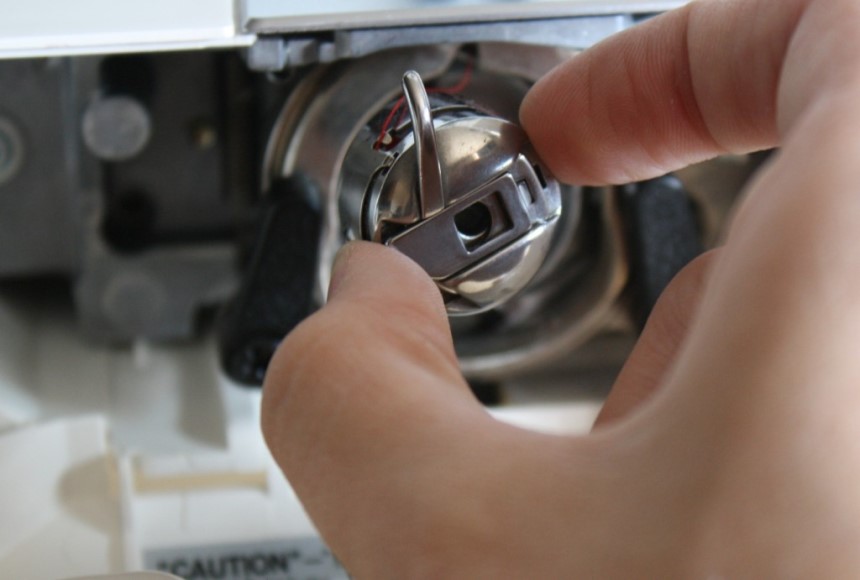
The bobbin is the cylindrical piece that holds and unwinds the thread for your machine. As we stated earlier, there are many types of machines, and not all are constructed in the same format, so refer to your owner’s manual on how to access your bobbin.
Once you have removed the bobbin and cleaned it, remove the bobbin case. This is what supports the bobbin when you are sewing. Now dust the area. This is the main source of back-up of debris and jamming, generally speaking.
Observe the area. Ensure that there are no broken needles. Also, confirm that you put the bobbin and the bobbin case into their respective spots correctly, as the incorrect fitting of these parts can cause difficulty turning the handwheel.
After this process, if you try to turn the handwheel and you still notice an issue, move to the next step.
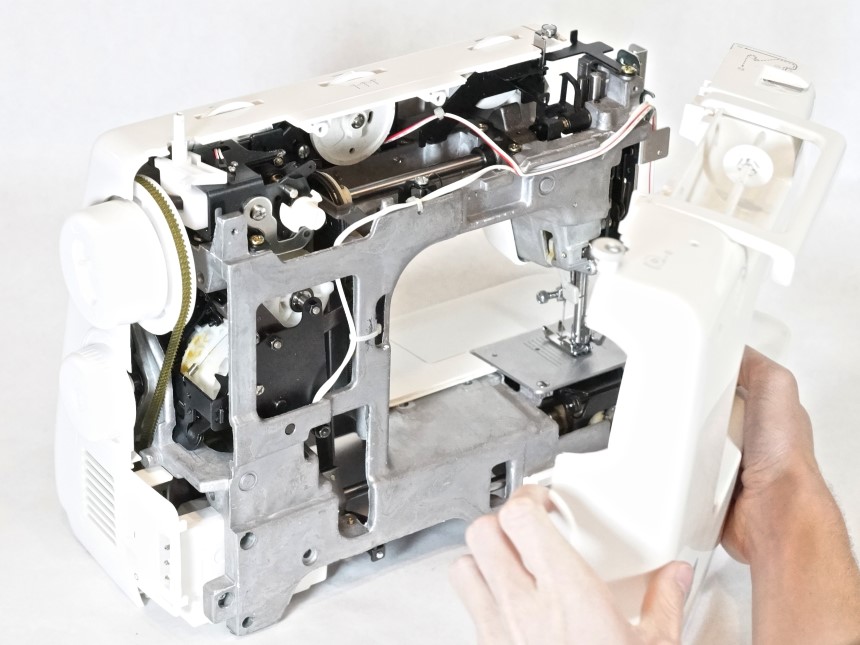
Give the machine a good dusting with the spray air can. This is recommended to do regularly to prevent build-up regardless of a known issue or not. Notice the areas of the machine where metal mechanisms interact with other metal pieces – these areas could require fresh lubrication.
If you see chunks of dried lubricant, this could mean that you applied too much last time around, and this could be causing the jam. If this is the case, use a small amount of solvent to dissolve and remove the excess lubricant. Again, try to turn the handwheel. If it turns smoothly, then you have solved the issue. If the handwheel is still resistant, move onto the next step.
The other parts of the machine that may be giving you trouble are the pulley assemblies, the drive mechanism, or the tensioner. These are essential to the proper functioning of your sewing machine.
Perform the previously mentioned routine of dusting, cleaning, and lubricating on these parts. Depending on how thick the lubricant residue could be, you might have to leave the solvent on these parts for a few hours to loosen it up.
Sometimes the clutch can be disengaged for bobbin winding. You can re-engage it, and this would usually solve the issue after this check the drive belt. This belt could be off-course or damaged. If it is off-course, reset it so that the handwheel will turn again; if it is broken, you must replace it.
Finally, if none of these procedures solve the issue, then the problem could be because the internal drive gear has failed. If this is the case, then you would have to bring your machine to a specialist or contact the company.
Regularly clean and maintain your machine. The best solution to this problem is preventative action. Maintenance and lubrication when needed will ensure that your machine is functioning properly.
When a problem arises, research and focus on fixing the issue right away. The longer you wait, the longer the problem will persist, and the more likely damage will occur. Your machines are an asset and quite a lot of money sometimes, to be honest.
So, we have reviewed the main causes for why a sewing machine will freeze up, as well as some more uncommon factors, and recommended some essential machine maintenance tips that teach you how to unfreeze a sewing machine.
We have all be there, and experiencing a frozen sewing machine is one of the worst feelings. Just know that you are not alone, and we are here to help!
Of course, be careful as you are disassembling your machine and putting it back together again for more complicated issues. If you are still unable to solve the problem and unfreeze your machine, call your company’s customer service line or take the sewing machine to a specialist. Follow the guidance of this article, and you should be well-prepared to analyze the issue and unfreeze your sewing machine by yourself at home.
